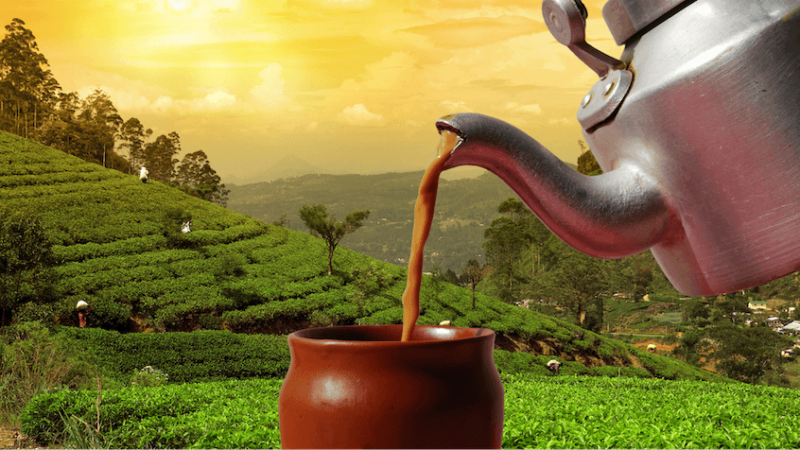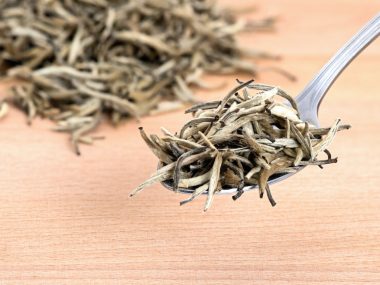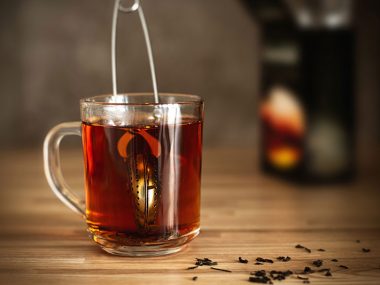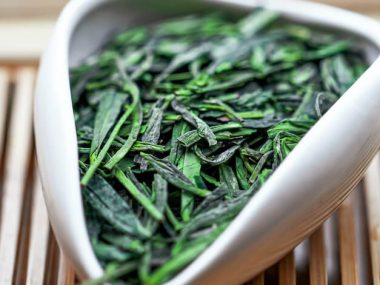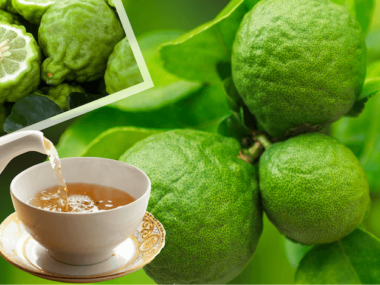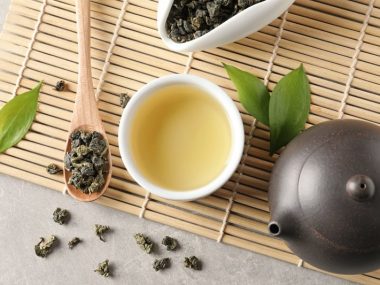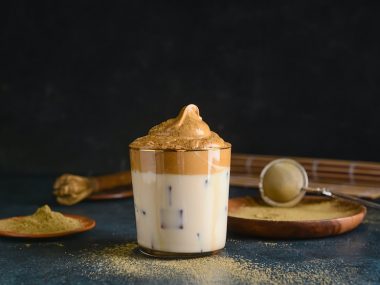If you are a newcomer to the tea-drinking world, we have a tea that you’ve probably had without even realizing it. It’s as exotic as the tropical region it grows in and as bold as the one-horn rhinoceros that roams freely there. Take a journey with this powerhouse tea that has a health benefit that may shock you! Let’s take a peek behind the Camellia sinensis v. assamica! Or a tea variety that is more commonly known as Assam tea.
Table of Contents
What Is Assam Tea?
Assam tea is a black staple tea that became one of the world’s most popular black teas. It comes from the Camellia sinensis v. assamica (Assam tea plant), which is grown and processed in the tropical lowlands of India’s Assam region (the world’s largest area to grow tea) along the Brahmaputra River. Tea estates (or tea gardens, as the Assamese call them) in Assam are biodiverse with lush forests, minerals, flora, fauna, and animals such as elephants, one-horned rhinoceros, and Bengal tigers.
In 1823, a British army officer (Major Robert Bruce) was said to have discovered the first native/wild Assam tea plant in the upper hills of Assam. In 1839, the first exportation of this tea was sent to London, where it was successfully auctioned off.
Since the first exportation of Assam tea, indigenous tea estates and larger growers have supplied the world’s tea industry with black tea. Over 440,000 tons of black tea is produced in Assam. The rich tropical soil and climate are intertwined in the tea plant giving the tea its characteristic malty flavor.
The Two Types Of Assam Tea
There are two different types of Assam Tea. One is “Orthodox Assam,” and the other is “CTC Assam” (cut-tear-pearl.) The flavors are different, as are the ways the tea is processed. Orthodox Assam tea is considered the “Cadillac” of Assam tea, whereas CTC Assam tea is more generic.
Orthodox Assam TeaProcessing Method All done by hand (picking, withering, rolling, oxidation) Form Loose Quality Highest Flavor Complex yet delicate Uses Highly prized in the tea industry Provides healthier benefits Enjoyed as a standalone tea |
CTC Assam TeaProcessing Method Very little is done by hand while the majority is done by machines Form Teabag Quality Good Flavor Malty, strong, astringent Uses Base tea for other teas Better paired with condiments (milk, cream, etc.) |
What Does Assam Tea Taste Like?
Assam tea goes through three flushes. The first flush is the strongest and purest form of Assam tea. Most claim that this flush has an overall malty flavor with hints of chocolate. By the time you get to the third flush, the flavor has severely weakened.
Flushes are harvesting times where the tea leaves are picked and processed. Assam tea taste and aroma of the tea differ according to which flush it falls in. The first flush occurs from March to May, with the second following thereafter in June. The third flush takes place from October to November.
Flavors: First Flush vs Second Flush
In addition to the two types of Assam teas (orthodox and CTC,) the overall flavors are also impacted by which flush your tea batch happens to fall under. For a superb tasting Assam tea, selecting Orthodox Assam from the first flush will undoubtedly provide you with the best of the best!
| First Flush (Spring) | Second Flush | Third Flush |
| The leaves have more time to grow. | The leaves have less time to grow. | The leaves have less time to grow. |
| Flavor Profile Delicate Floral | Flavor Profile Full-bodied, strongerMalty | Flavor Profile No body or taste |
| Color Lighter Amber | Color Amber | Color Dark |
| Nutrients/Antioxidants Higher | Nutrients/Antioxidants High | Nutrients/Antioxidants Lower |
| Caffeine Higher | Caffeine High | Caffeine Lower |
Is Assam Tea The Same As English Breakfast?
Assam breakfast tea is nothing more than simple Assam black tea. English breakfast teas are typically a blend of black teas. Tea companies that produce English breakfast tea may source any combination of Assam (India,) Ceylon (Sri Lanka,) Keemun (China,) or Kenya teas. Assam breakfast tea is not blended with any other black tea. Its flavor, robustness, and caffeine make it strong enough to stand on its own.
Is Assam Tea Strong?
Assam tea’s overall strength depends on its flush. If you manage to get the Orthodox first flush Assam tea, it will be strong. The second and third flushes are weaker, as is the CTC Assam.
If we were to compare the strength (flavor) of Assam to other teas, there would be a noticeable difference. Assam is robust, full-bodied, and malty. Darjeeling is milder with a more muscatel/fruity flavor. Ceylon, on the other hand, is malty with floral hints. Keemun and Yunnan (China black tea) are sweet, floral, and fruity.
Assam Tea Benefits
Assam tea offers a bevy of health benefits. The tea plant grows in a region where the soil is dense and rich with minerals and nutrients passed on to the plant. So having a cup or two per day may lead to certain health benefits.
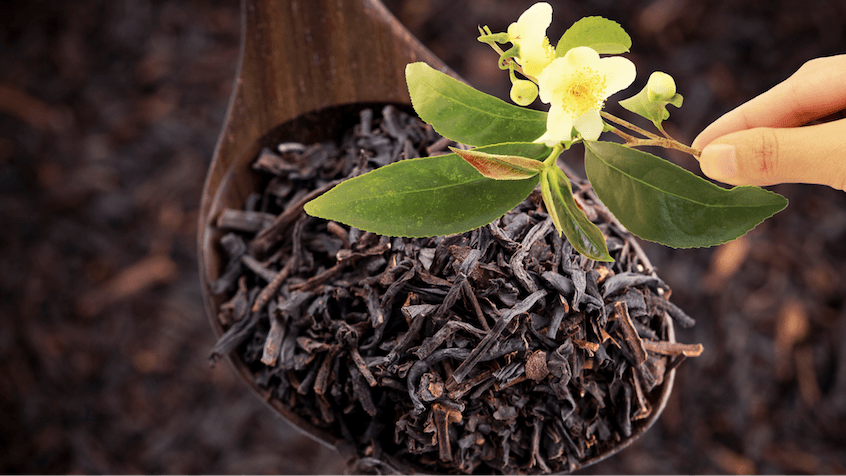
Helps In Weight Loss
Polyphenols in tea activate an enzyme (AMPK) in our body which is responsible for metabolism. This enzyme helps to control the amount of glucose and fatty acid uptake in our body. Not only does it help with diabetes, but it also aids in weight reduction. Thus, black teas are generally considered good for weight loss.
Protects Us Against Bacteria
Black tea has the powerful ability to stop bacteria in its tracks and respectively, prevent a host of medical and dental issues, caused by them.
Dental Health
Antibacterial agents are present in black tea that prevents two forms of bacteria (which cause cavities) from adhering to our teeth. Both Streptococcus mutans and Lactobacillus are bacteria known to attack teeth, causing decay and infection. The catechins and polyphenols found in black tea help to promote healthy teeth.
Pneumonia
Black tea wards off other bacteria (Klebsiella, S. aureus) known to cause pneumonia.
Fights Cancer
The phytochemicals present in the black tea helps to regulate various “molecular targets” within our body. By targeting things such as COX-2, p53, MAPK, and more, tea becomes a basis of cancer prevention.
What Is Assam Tea Good For?
The Assam tea industry in India has made an impact on the tea industry by providing a tea that we’ve all come to know and love. This tea has become a vital component in numerous tea blends such as English Breakfast tea, Irish Breakfast tea, and Masala Chai.
For many, tea is a part of their everyday lives. For you and I, Assam tea provides us with numerous health benefits that are far too great to pass up. More importantly, when we sit down to enjoy a cup of Assam tea, life is suspended for a movement allowing us to reconnect and recharge.
How To Drink Assam Tea
Assam black tea can be enjoyed with or without milk. Most prefer the Assam milk tea to tone down the overall strong flavor.
When brewing your tea, we suggest giving your teacup a pre-tea hot water bath. This is done by adding some of the boiled hot water into your teacup and pouring it out. A cold teacup is not very receptive to a hot tea. When allowing your tea to steep, keep your teacup covered.
To enjoy your tea with milk, pour ¾ hot water over your loose tea, add ¼ cup of milk (or your choice of dairy) and allow it to steep while covered. Some prefer to add the milk at the end. However, when doing this, the temperature of your tea drops significantly.
Which Tea Is Better Assam Or Darjeeling?
Personal preference is the deciding factor when it comes to choosing between Assam or Darjeeling tea. Some people prefer robust and strong tea, whereas others like something a little less astringent with fruity, floral notes.
Assam is bold, strong, and dark. Its malty flavor pairs perfectly with milk. Drinkers prefer Assam in the morning because it tends to startle the senses to wake them up. Darjeeling, on the other hand, is much more mild and delicate (with hints of floral, fruit, spice) and best enjoyed on its own.
Assam is superb for a morning tea or as a pick-me-up in the afternoon. Darjeeling should be enjoyed as a tea to curl up with on a rainy day or after dinner. While one tea revitalizes and awakens, the other embraces and soothes.
The Last “A-ha” On Assam Tea
There’s no doubt that this tea is always going to be a favorite among many. If you find that you enjoy its full flavor, we recommend trying blends of teas made with Assam. Exploring different flavors becomes addictive!
